The Role Of The Buffer Tank
Frequent Start and Stop
If the buffer tank is not used, the compressor will start and stop frequently. Because of the limited amount of water in the circulation circuit, the water temperature will reach the target temperature we set in a very short period of time, at which point the compressor will stop working. Then in a very short time, the water temperature will rise again to the temperature that will trigger the compressor to start. This frequent starting and stopping will greatly reduce the life of the compressor and waste a lot of electricity. So we not only need a buffer tank but also the capacity of the water tank is better to be larger.
Smooth Flow of Water
It can ensure the smooth flow of water in the system and complete the automatic exhaust to avoid the unit from reporting malfunction. When the tank is installed in the circulation system, the circulating water enters from the upper part of the tank and discharges from the lower part, so that the gas in the water will accumulate in the internal space, and then the pressure in the system will automatically discharge the gas from the upper exhaust valve of the tank. In this way, not only can the system be free of gas, but also can protect the impeller of the pump from being damaged by air bubbles and ensure the normal operation of the compressor. If there is no buffer tank, then there might be the risk of malfunction in the flow switch.
Prevent Clogging
It can make the system’s drainage more thorough and prevent the system from clogging. The water source used in the chiller may have a large number of impurities, which will slowly accumulate in the bottom of the buffer tank through circulation. This prevents a large number of impurities from adhering to the internal piping of the chiller and causing abnormalities in the cooling.
Buffer Tank Selection
Insulation Layer
The good or bad insulation effect of the water tank is affected by the thickness and coverage of the insulation layer. The thicker the insulation layer, the wider the coverage, the better the insulation effect. In the warmer winter places recommended tank insulation layer thickness is 40 ~ 50 mm, in the colder winter areas, the recommended tank insulation layer thickness is 80 ~ 100 mm. In addition, the insulation effect of the insulation layer in addition to the thickness, but also with the density of polyester foam has a relationship, the more solid density, the better the insulation effect, and vice versa, if the foam is not uniform will affect the insulation effect.
Openning Location
The location of the opening of the water tank should also be noted. The outlet is about 30CM from the bottom, the system will be running at the bottom of the tank corrosion, impurities and scale precipitation to the bottom, if the opening position is too low when pumping water-sediment will be sucked to the pump filter. In addition, the pressure at the bottom of the tank is larger, which will increase the load of the pump. The return port is best 20CM away from the top, sometimes the return flow is relatively large, which can prevent the water from overflowing or splashing out. Of course, here refers to the non-pressurized tank, it doesn’t matter if we choose a pressure tank, but there must be an exhaust valve, the location of the temperature sensor probe is best at 2/3 position from the bottom because the hot water is generally on top, the measurement at this position will be more reliable.
Firm Foundation
The bottom of the water tank must be firm. The bottom of the tank should have an insulation layer, and there should have steel support on both sides to prevent the bottom insulation layer from deforming due to the gravity of water when the tank is fully loaded with water.
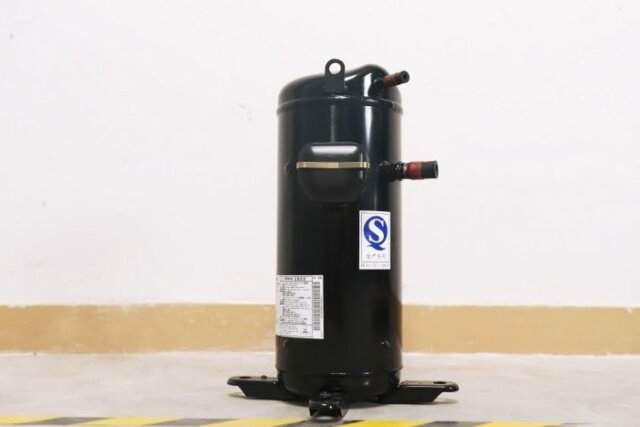
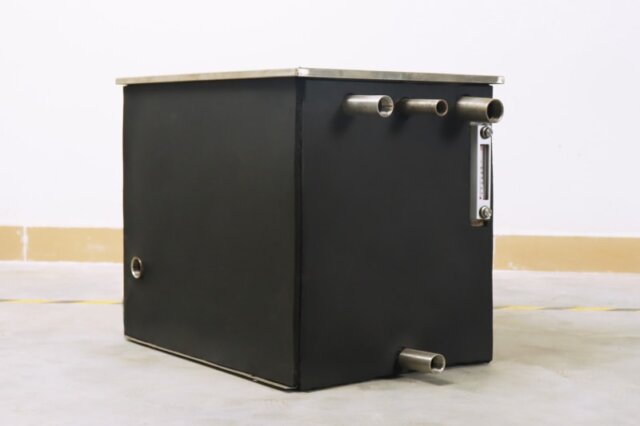
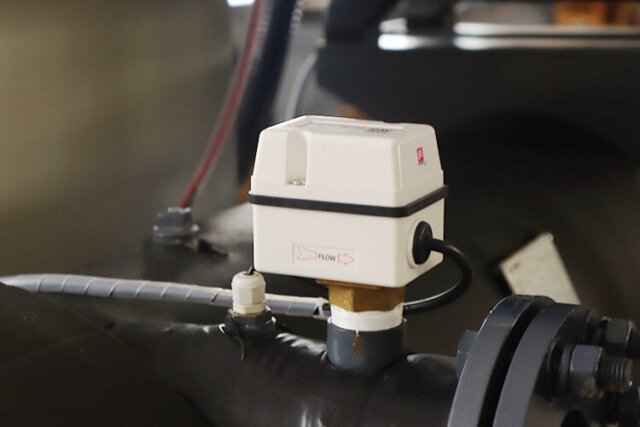
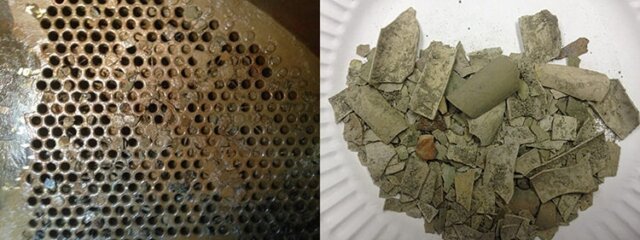
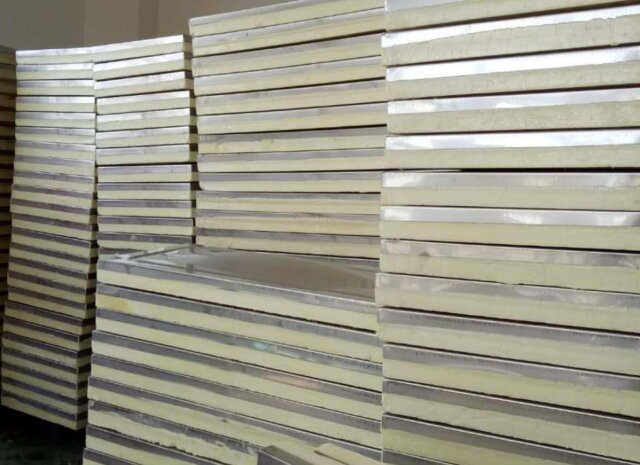
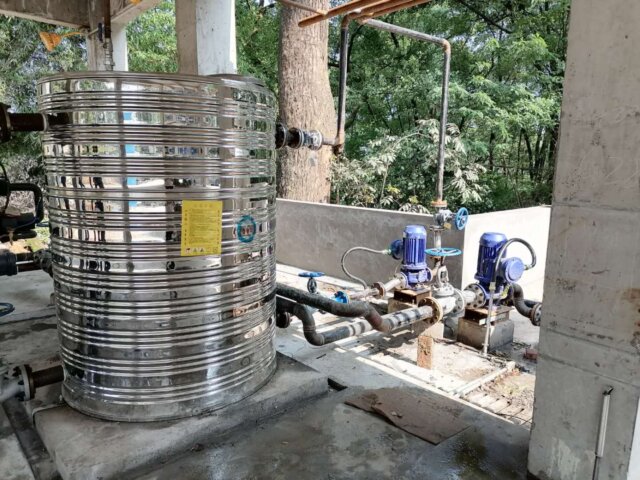
Can someone contact me Monday April 25th to discuss our need for a buffer tank and, along with size
Johnny at John Ciampoli Plumbing (619) 972-8042
Buenas tardes, mi pregunta es la siguiente:
Con que norma o código diseño un tanque de compensación?
En el caso que el P&ID me de valores de presión de entrada de 1 PSI y 20°C de temperatura